

Chocolates to Die Live For Notable innovations in sweets from around the world!
Subscribe to our Newsletter!
Get our latest news straight into your inbox


Please accept the terms of our newsletter.
Please input your email address.
That email is already subscribed.
You're all Set! Thank you.
0
Shares
Chocolate. That solitary word can evoke a flood of desire, in any language. Universally adored, chocolate has been clinically proven to actually make you feel good. The scene of a tearful break up being assuaged by a box of chocolates is well known, and as it turns out, scientifically appropriate. Certain components in chocolate improve mood, while others are proven to alter brain patterns.
A selection of countries is known for producing the finest chocolates in the world. While approximately 70% of the cocoa is grown and harvested from Africa, the countries that craft the sweets each are known for offering unique styles and innovations.
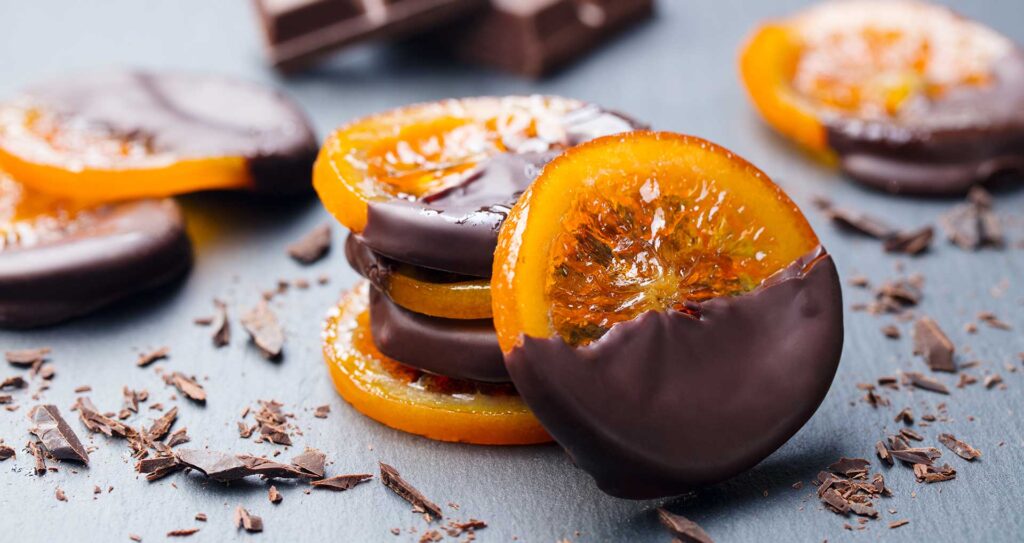

Belgium
The first signs of chocolate trade date back to 1635 in the city of Ghent where pharmacists, as a sideline, sold chocolate as a tonic. Later in the 19th century Belgian chocolate maker Berwaerts created the first pressed chocolate, figurines, and pastilles. In this era, chocolate makers emerged with such well-known firms as Neuhaus, Côte d’Or, Jacques, and Callebaut.
Notable innovations in sweets from Belgium include the invention of the praline, and chocolates with a soft filling. In 1915, Louise Agostini, the wife of Jean Neuhaus created the first ‘ballotin,’ a box designed to hold pralines. When Charles Callebaut perfected the transport of liquid chocolate, the world of chocolate expanded once again. In fact, Belgium is home to more chocolate factories than any other country in the world. To be labeled Belgian chocolate, the law requires the chocolate to be 35% pure cocoa, and it may not contain vegetable based, artificial, or palm oil based fats. Godiva is a well-known, fine Belgian chocolate that is available in most areas of the United States.
The country is home to over 2,000 shops that specialize in only chocolate. Another unique characteristic of Belgian chocolate is found in the processing. Belgian chocolate is cooled only at the end, and no machines or production lines are utilized in the creation of these fine confections. They are made exclusively by hand.


Switzerland
The Swiss are famous for their chocolate and their population consumes more chocolate than any other nation. The country imports 40% of all the chocolate consumed, and they export twice as much as they enjoy. Milk chocolate is most favored, comprising approximately 70% of the total consumption, followed by dark chocolate at 25%, with 5% choosing white chocolate, which actually contains no cocoa, but is still quite delectable.
Teuscher Champagne Truffles are perhaps the most wonderful thing ever created, and Toblerone, a snack that accompanies many on international flights, is actually rated a relatively healthy chocolate bar. It is difficult not to eat the entire bar, so the preferred quality is appreciated.
The most expensive chocolate in the world is found in Zurich and has attained a Guinness World Record. Attimo Chocolate Zurich captured this honor in late 2019 with an 80 gram bar of “La Chuorsa” containing 68% Chuao chocolate from Venezuela, crystallized orange crisps, and saffron grown in the Swiss village of Mund. The bar sold for US$645 and should seriously ease any heartbreak imaginable.


Spain
While there is not agreement about how chocolate arrived in Europe, it is accepted that it first arrived in Spain. Some say Columbus intercepted a trade ship en route to America; another tells the tale that Cortes brought it from the Aztecs at Montezuma’s court.
The Spanish created their own version of hot chocolate with the addition of cane sugar, cinnamon, and other spices and flavorings. While visions of chocolate may not bring the country of Spain to mind, the history of Spanish chocolate is rich and vibrant. Today there is a bridge between traditional and modern passions and products.
The Spanish chocolatiers endure and thrive as some of the worlds most creative and innovative. The avant–garde products, unforgettable flavor combinations, and breathtaking visual designs bring Spanish chocolates to the attention of the world.
Among the traditional chocolate producers in Spain is Chocolates Matías Lopez, with enchanting vintage style packaging; Clavilen᷉o, a staple for drinking chocolate; and Chocolates La Colonial de Eureka of Madrid, offering a traditional chocolate line as well as a modern brand that incorporates ingredients such as mango, quinoa, and pink peppercorn.


Italy
Italy has a long association with chocolate and chocolate making. While Turin actually became the first capital of chocolate, other centers of excellence include the Sicilian town of Modica, which still produces by following an original Aztec recipe, and the Chocolate Valley found in Tuscany, between Pisa, Prato, and Pistola. Also well known for historical chocolatiers are the cities of Naples and Perugia. Italy is also home to some of the world’s most elite chocolate fairs that bring producers and consumers together for annual discoveries and celebration.
Italians are the inventors of many chocolate dishes such as chocolate dessert soup, chocolate custard, and chocolate sorbet which was first created in Naples in the mid 1700’s. Italians were also the first to combine coffee with chocolate in both baked goods and beverages. This alone is an act of grace that has benefitted the world in so many scrumptious ways. In Turin, the drink called bicherin, which translates to “little glass” is a chocolate drink topped with a layer of espresso and a layer of cream. Created in 1678, the popular beverage is still served today.
The leading manufacturers of chocolate in Italy are Majani, which began as a chocolate laboratory in 1796; Caffarel, the firm that inspired the Swiss to produce chocolates on an industrial scale; Venchi, that specializes in dark and gianduia (hazelnut) sweets; Novi, famous for chocolate and toffee candies, and last, but not least, Perugina, known the world over for Baci, the charming silver and blue wrapped chocolates that celebrate the word, “kiss.”
A few of the fine artisanal chocolatiers that bring innovation and fame to the Italian industry are Le Tre Fontane produced in a monastery; Amedei, which began as a producer of pralines; Gobino, that has developed award winning sea salt and olive oil chocolates; and Domori, whose chocolate is made with the rarest and most delicious chocolate bean, the Criollo.
Finally, there is a truly traditional creation by cioccolato di Modica who crafts a grainy, crumbly textured chocolate following the original recipe for xocoatl of the Aztecs. Heated to no more than 40 degrees Celsius, and prepared in the famed Modica area of Sicily, this is thought to be the worlds very first chocolate.
While it is said that money cannot buy happiness, it can buy the world’s finest chocolates and, for many, that is one and the same.
Share This
0
Shares
HVV
– Advertisement –
Subscribe To Our Newsletter
Get our latest news straight into your inbox.


Please accept the terms of our newsletter.
Please input your email address.
That email is already subscribed.
You're all Set! Thank you.















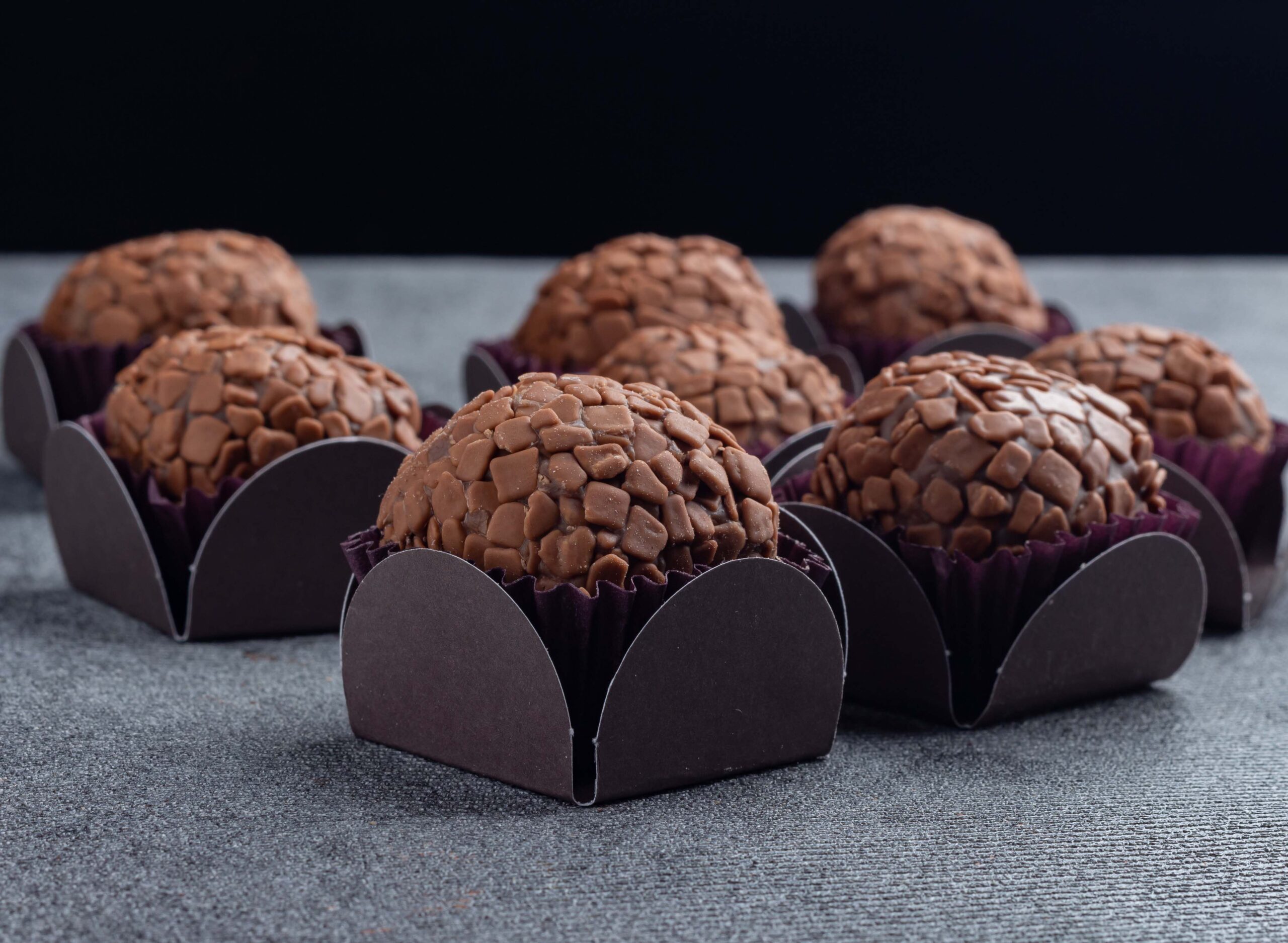

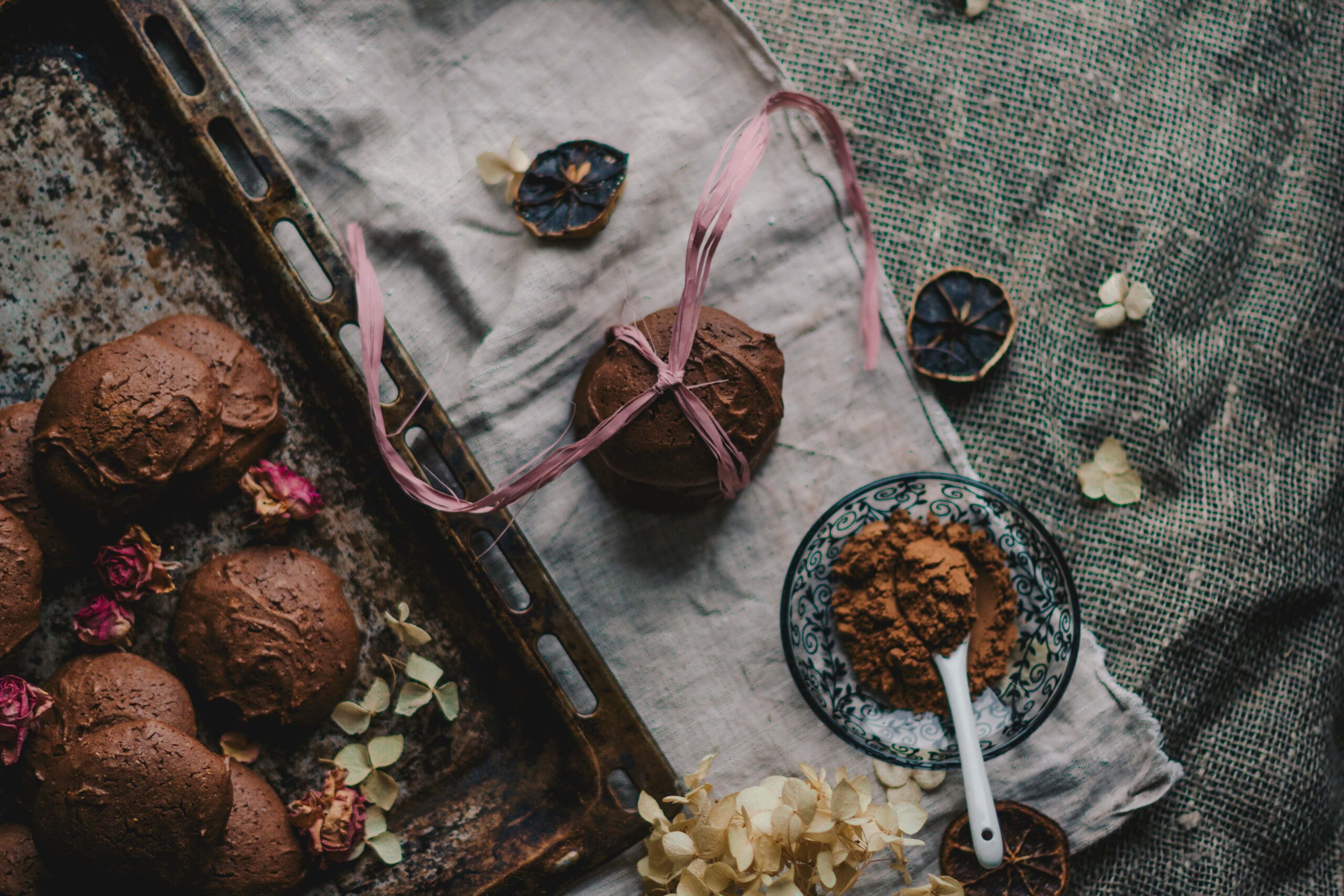
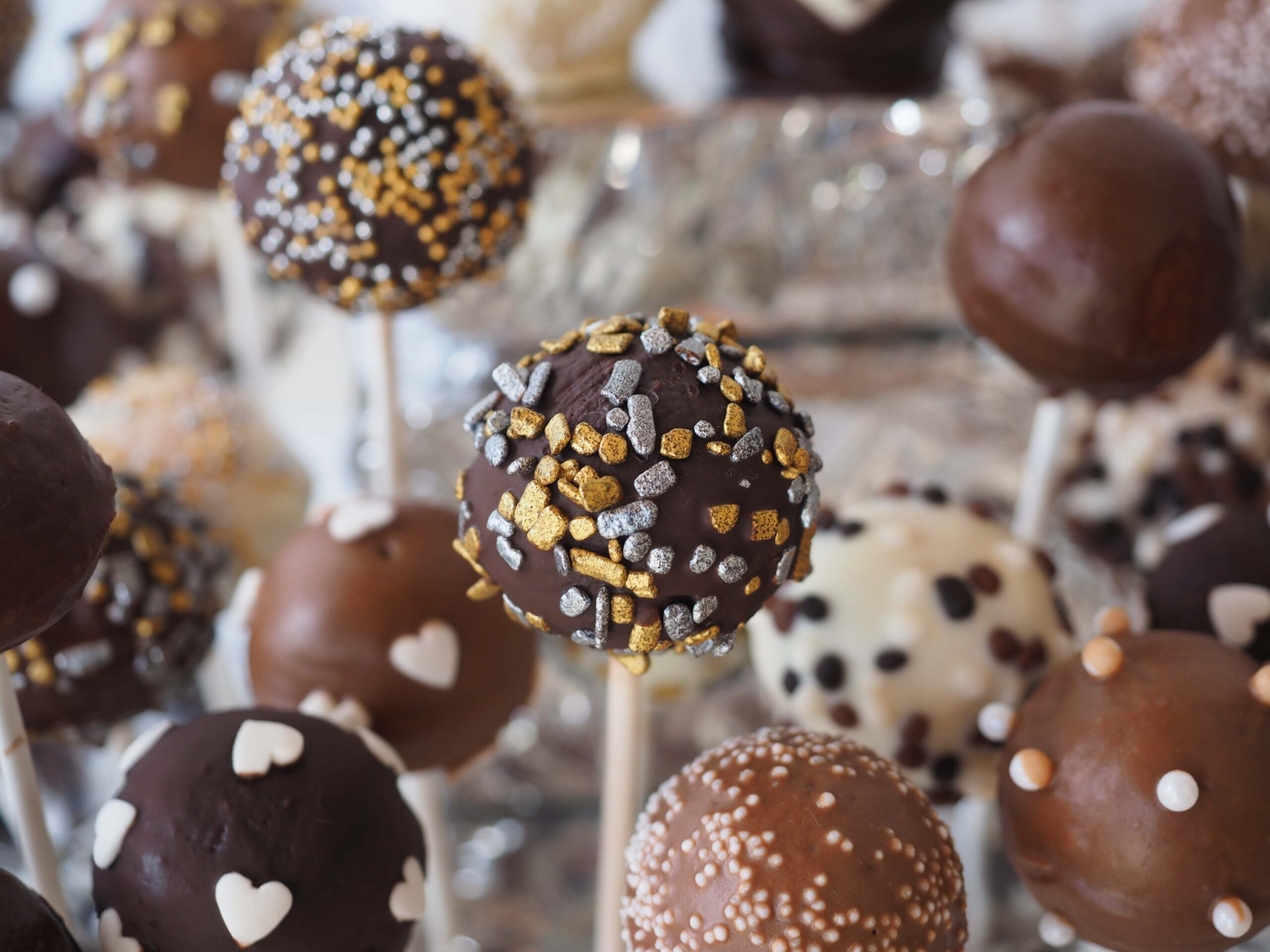
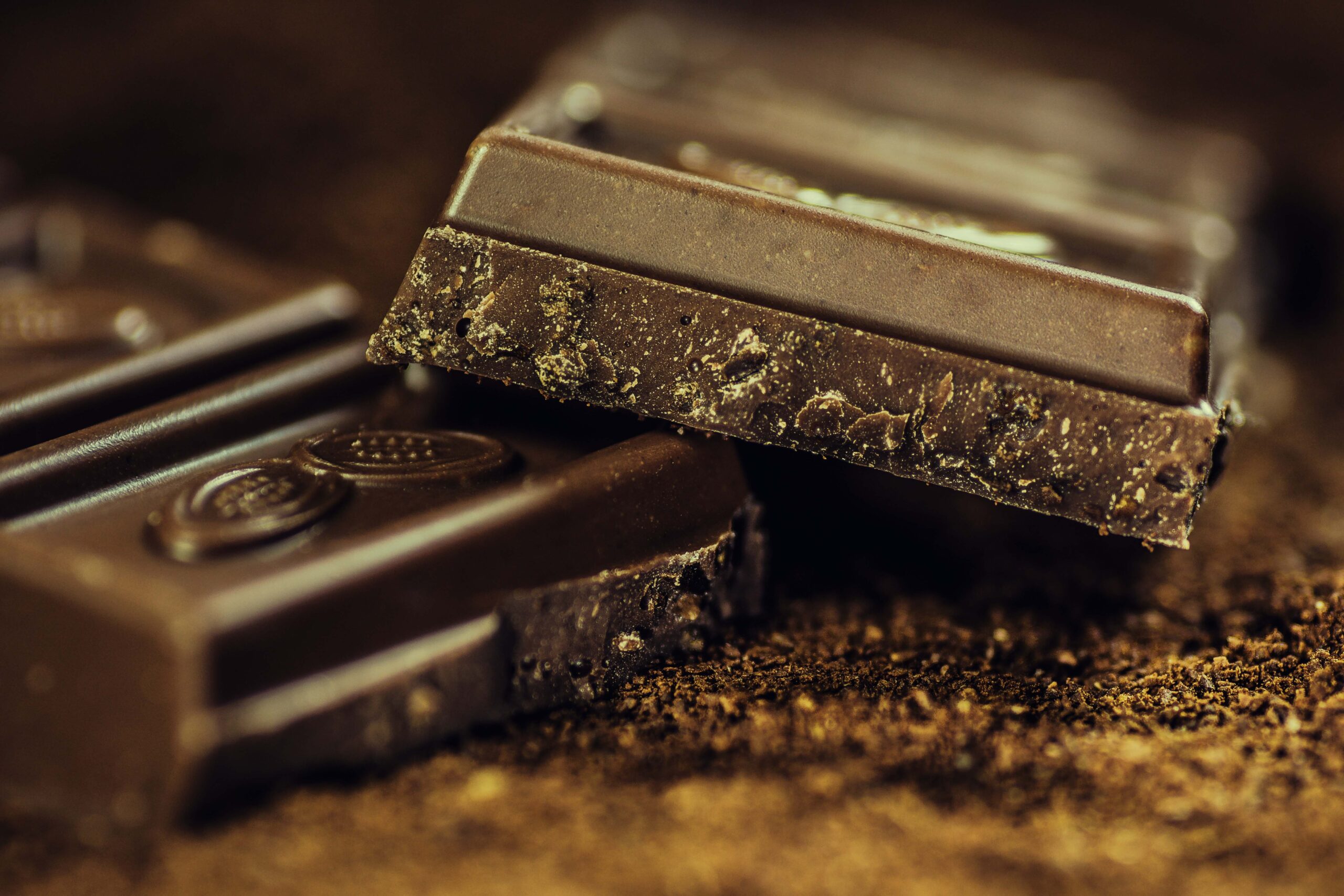
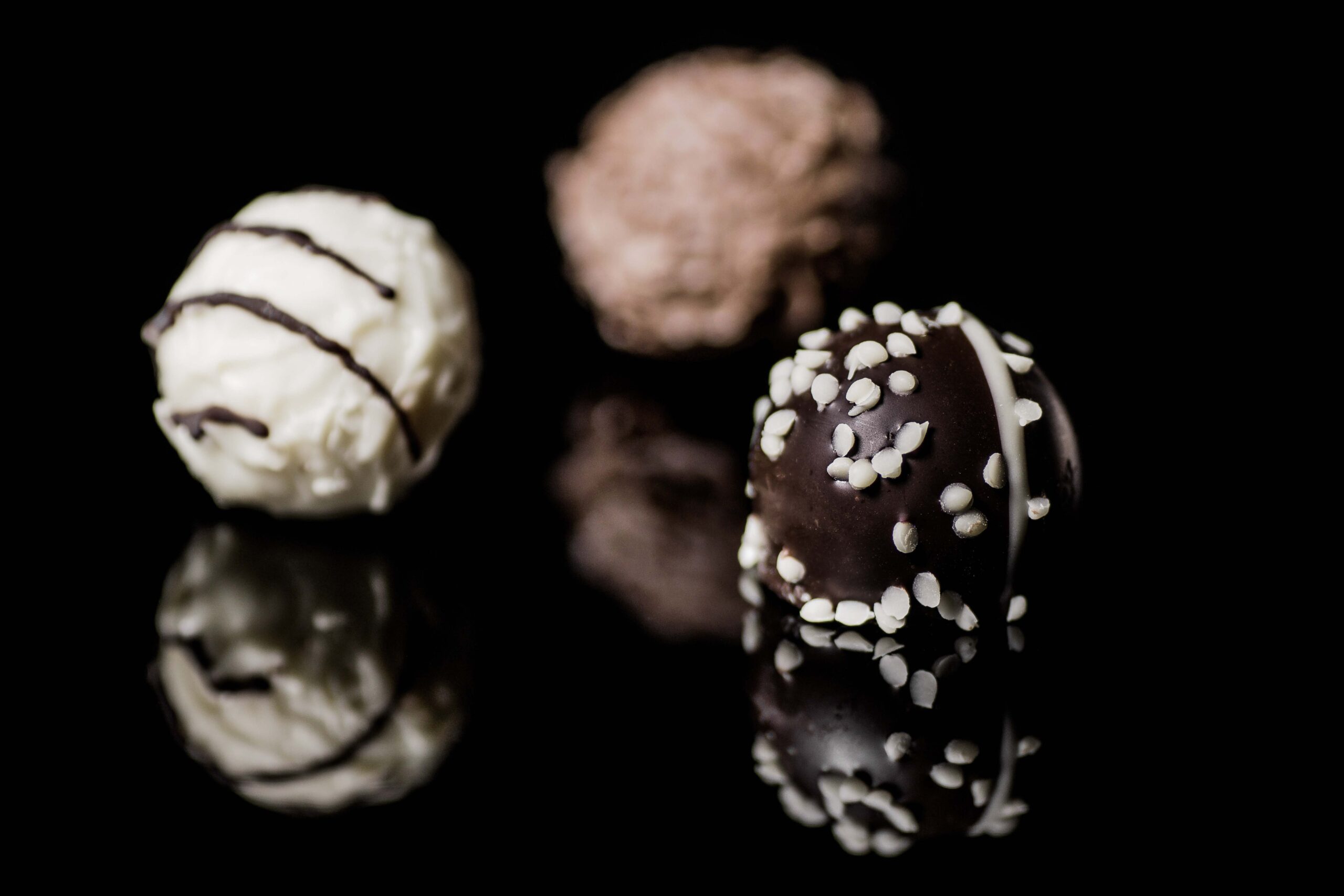

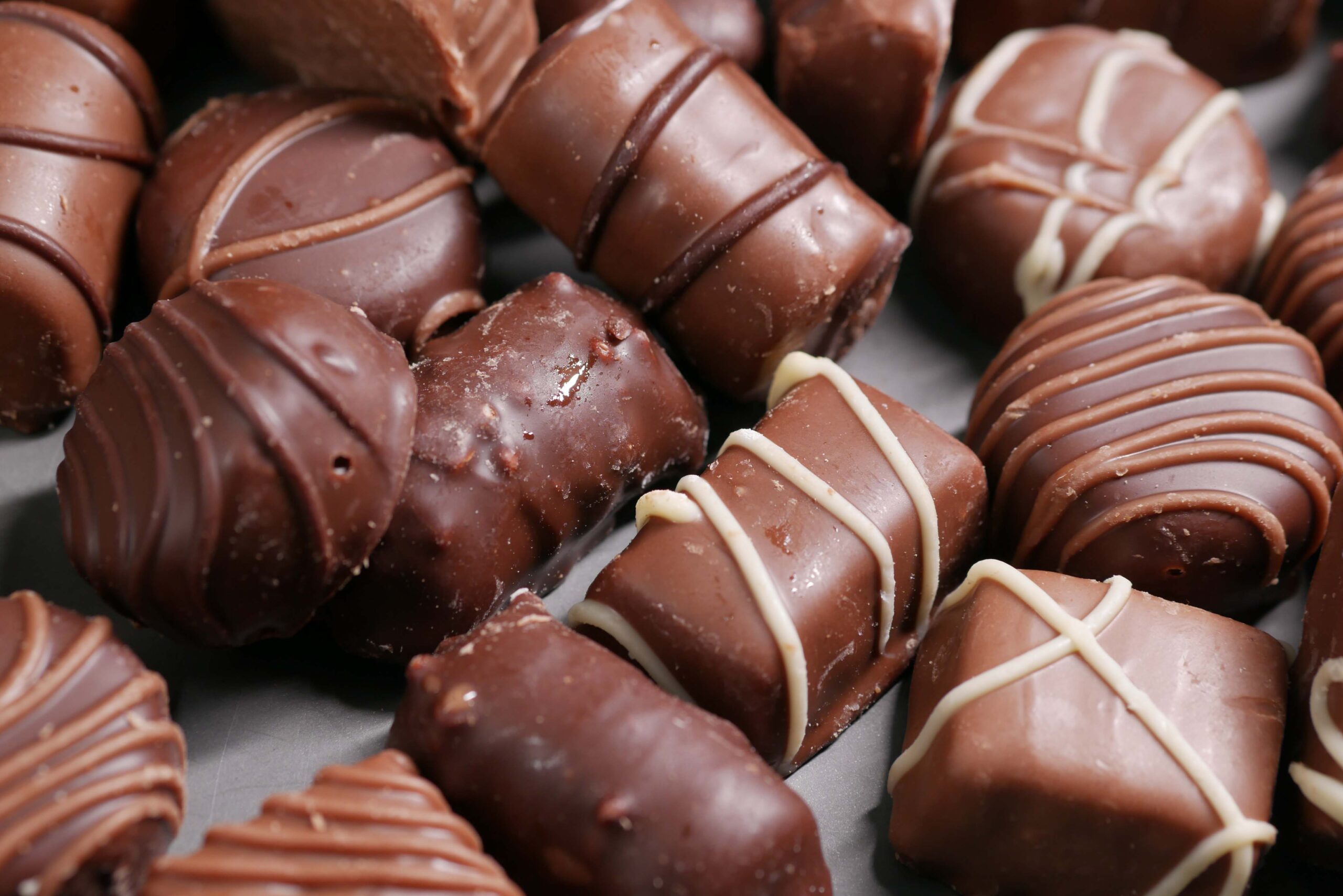
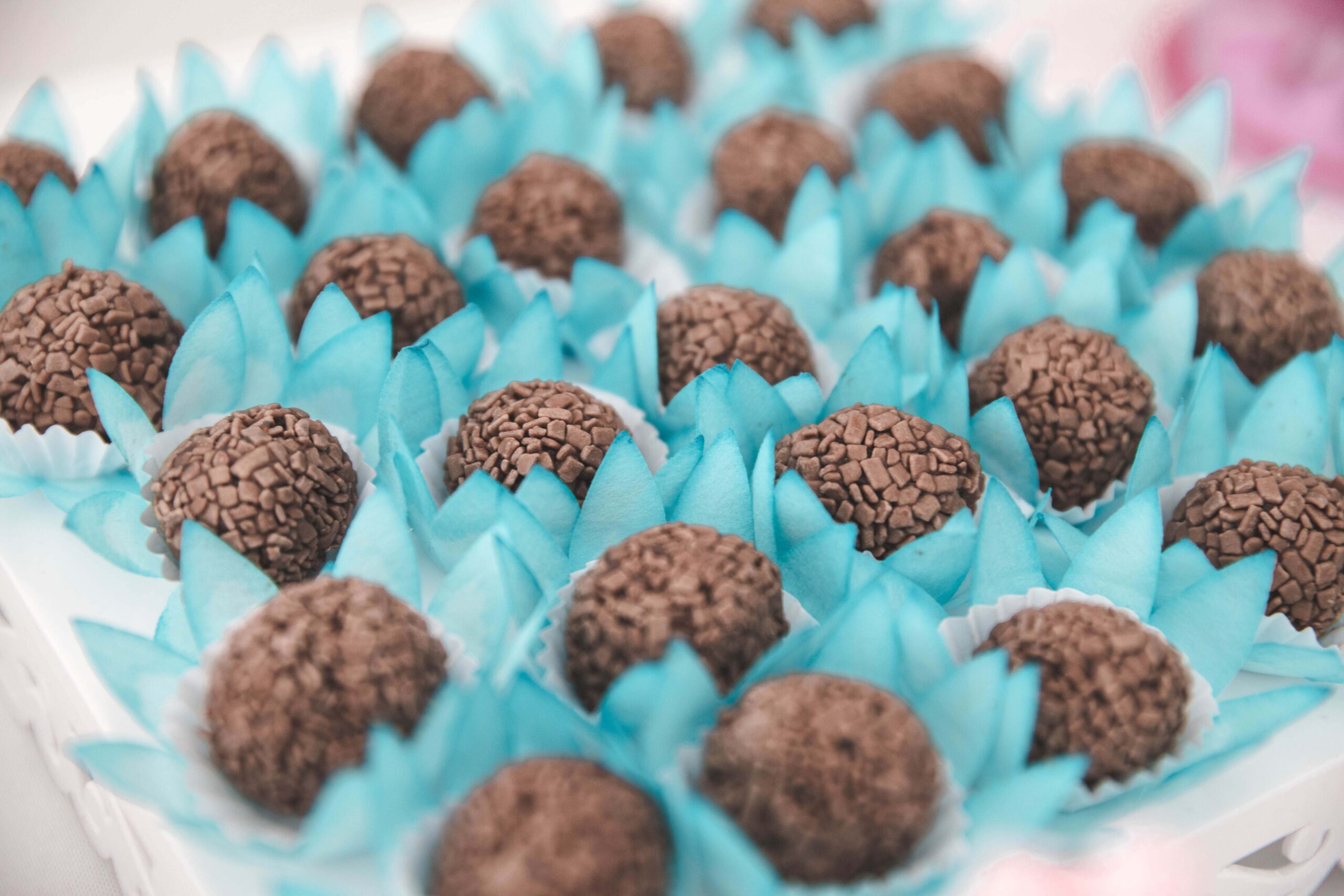

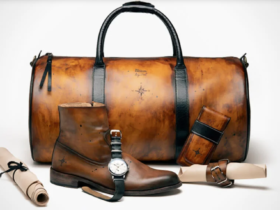




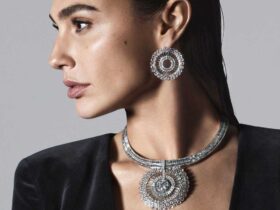




Leave a Review